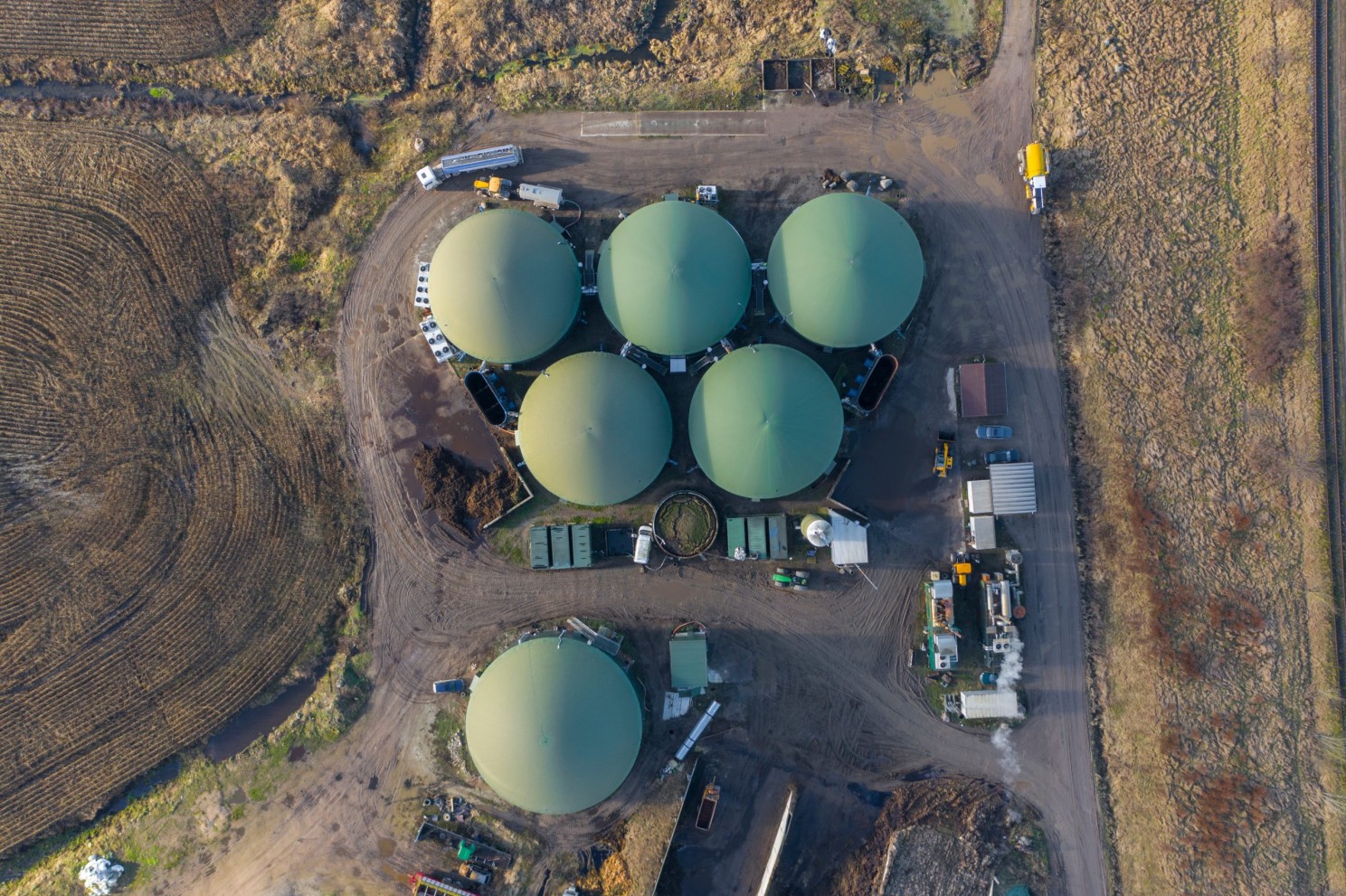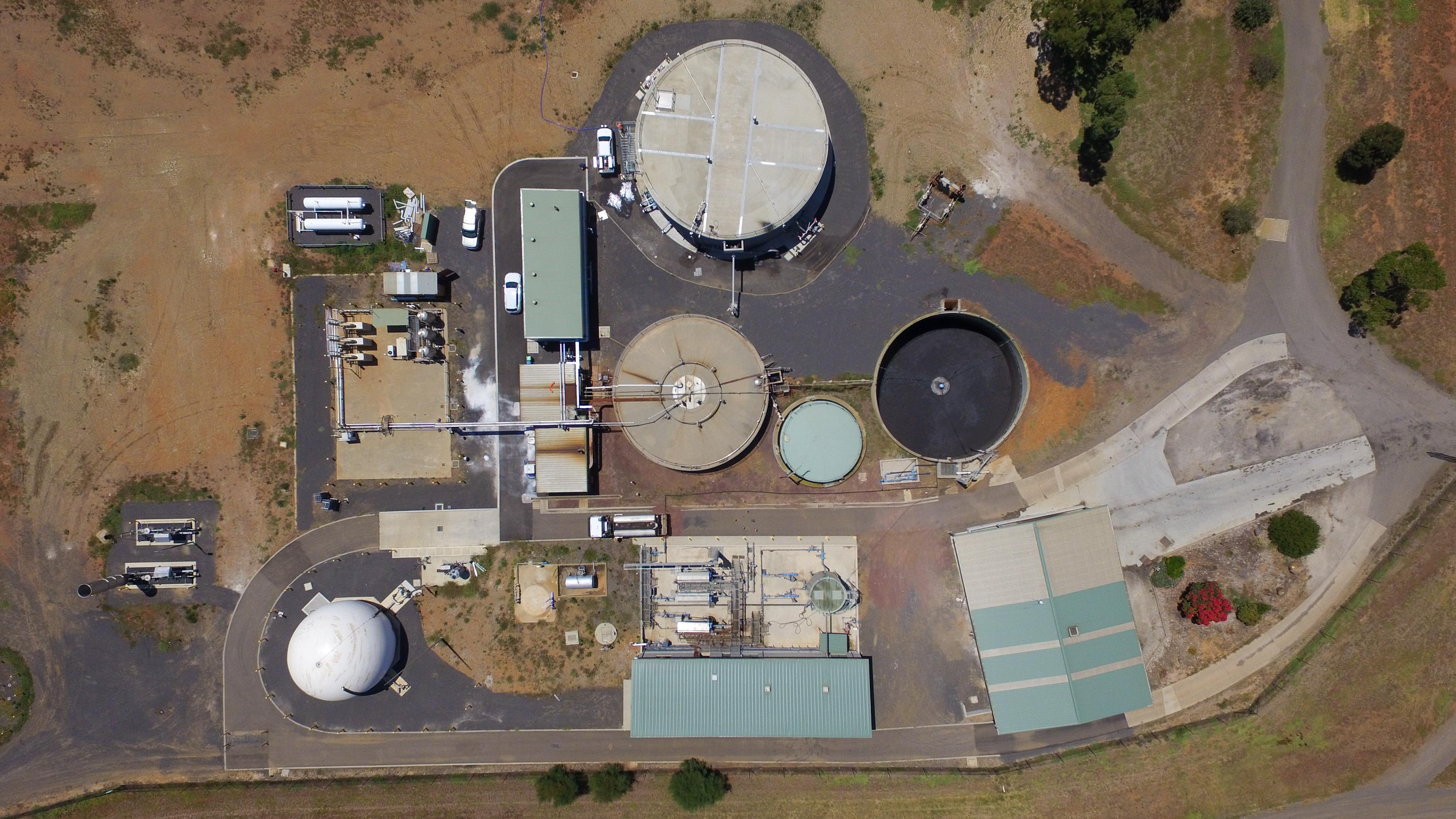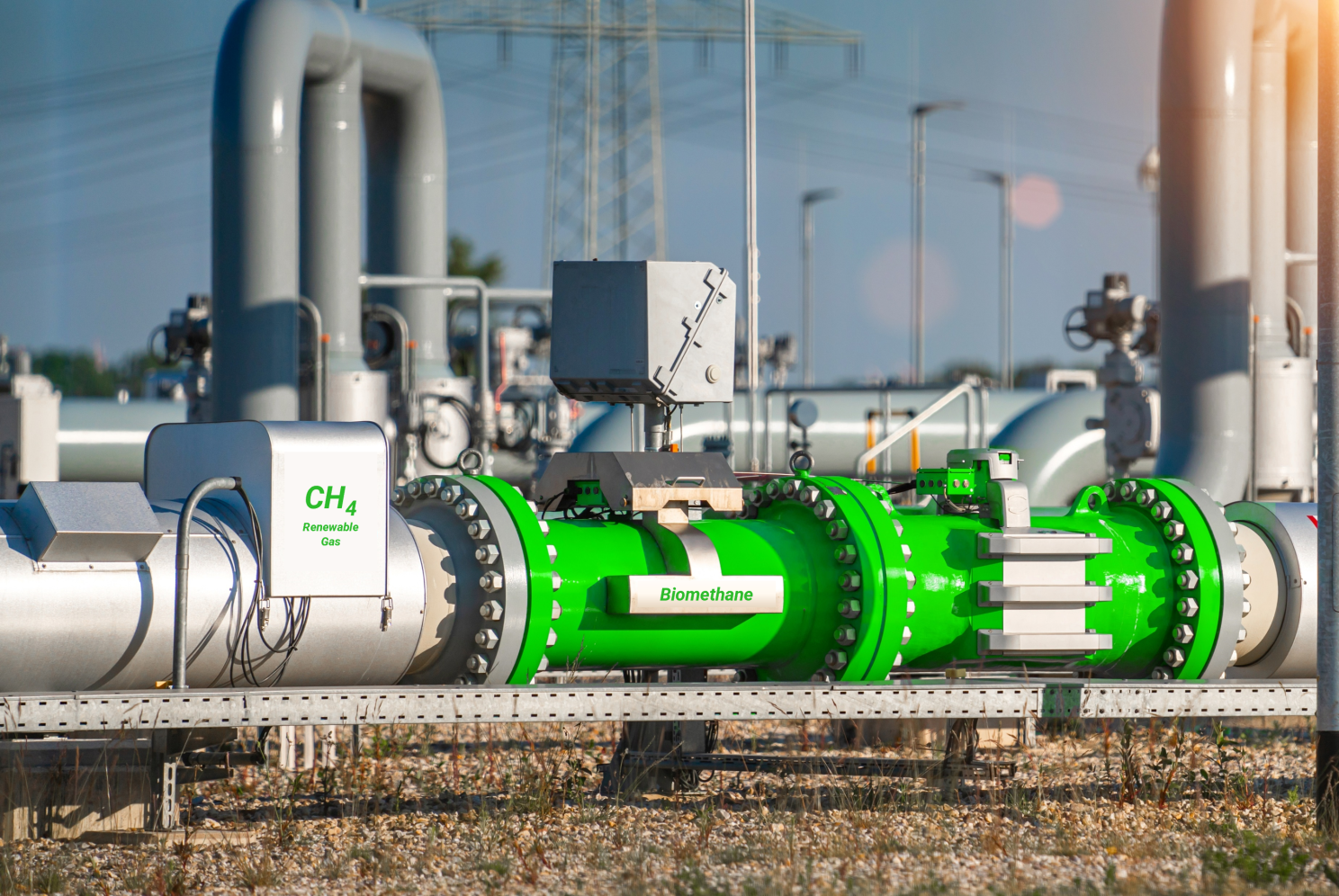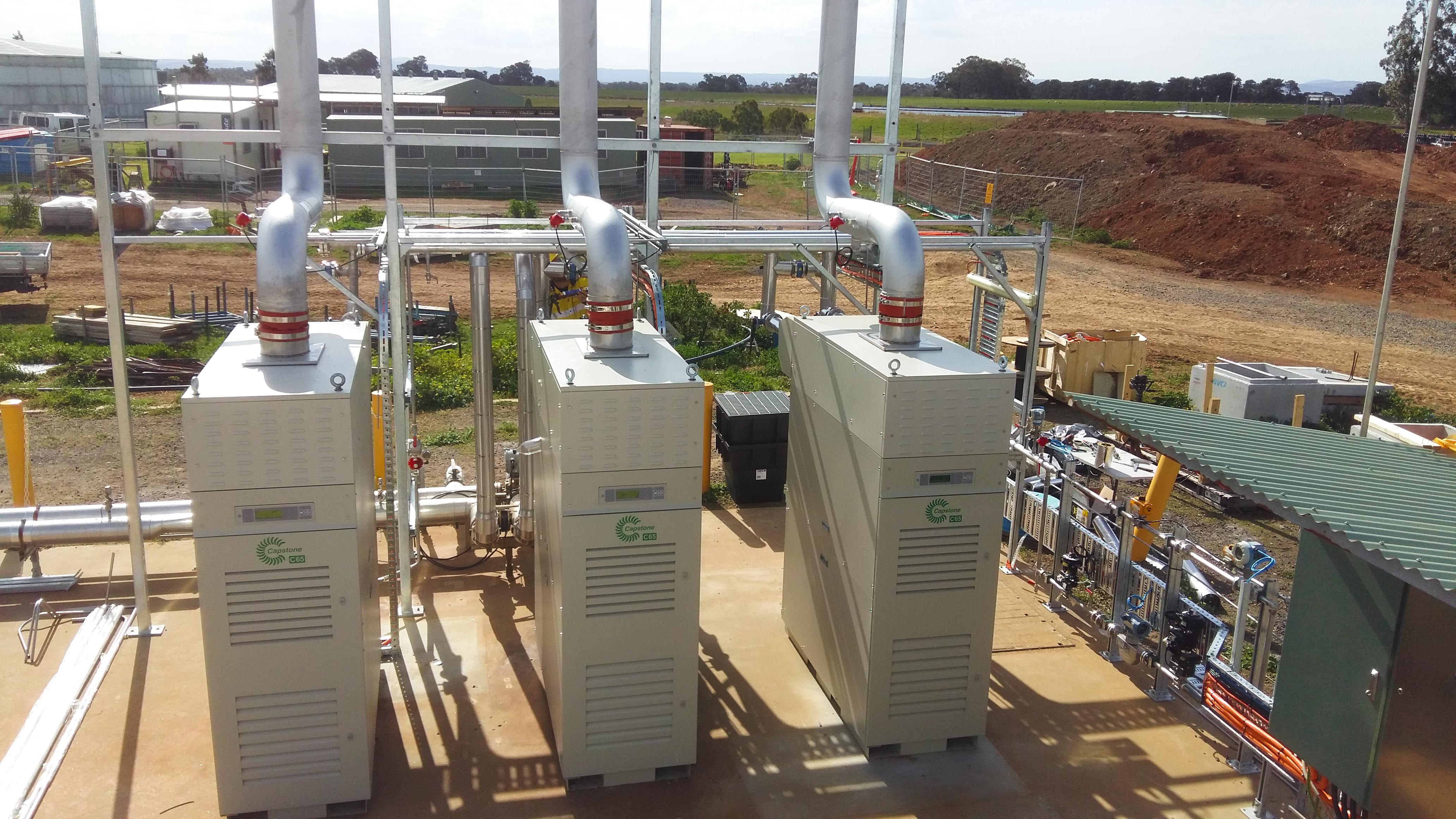According to the National Waste Report (2022), Australia generated 48 million tonnes of organic waste (core and non-core) in 2021-22 of which only around 26% is known to be reused or recycled. This organic waste generates large amounts of methane as it naturally decomposes, which is a much more powerful greenhouse gas compared to carbon dioxide (86 times worse over 20 years). This is in addition to other environmental effects that improperly disposing of this waste can have such as leachate, water pollution, etc. Moreover, according to many experts, reducing this level of organic waste won’t be an easy feat.
So, if we are serious about meeting our emissions reduction targets and protecting the environment, then finding a way to utilise this organic waste in a sustainable way for productive purposes is essential. Using organic waste to make biogas is one of the proven ways to address this issue. As the Environmental and Energy Study Institute (EESI) pointed out in their fact sheet regarding biogas, “when displacing fossil fuels, biogas creates further emission reductions, sometimes resulting in carbon negative systems”.
How is Biogas Made?
Biogas is produced using a process called anaerobic digestion, which involves the breakdown of organic matter by bacteria in an oxygen-deprived environment. This organic matter can be anything from food waste, waste from landfills, livestock waste, wastewater, crop residues, etc., which allows the process of producing biogas to be a very versatile one.
 Biogas plant with digesters
Biogas plant with digesters
Biogas usually has a chemical makeup of around 50-70% methane (CH4), 30-40% carbon dioxide (CO2) and small amounts of other gases. Different types of organic matter break down differently in a digester and the biogas yield differs based on the feedstock utilised.
Different Sources of Biogas
As mentioned above, the process of making biogas is a flexible one, with the ability to utilise various feedstocks. The International Energy Agency (IEA) identifies four broad categories of feedstock:
- Crop residues: This includes residues resulting from the harvest of “wheat, maize, rice, other coarse grains, sugar beet, sugar cane, soybean and other oilseeds”. Crops that require low cost and maintenance such as these can also be grown primarily to produce bioenergy, in which case they are called energy crops.
- Animal manure: Manure from animals such as “cattle, pigs, poultry and sheep”, that not only produces methane emissions during decomposition but can also lead to contamination of waterways.
- Organic fraction of Municipal solid waste (MSW): This mainly involves “food and green waste (e.g. leaves and grass), paper and cardboard and wood that is not otherwise utilised (e.g. for composting or recycling).” This waste can be used in a biodigester to produce biogas but most of it currently ends up in landfills. These landfills contain the same anaerobic bacteria found in a digester which break down organic matter to produce biogas (in this case, called landfill gas (LFG)), but in most landfills, this LFG is allowed to pollute the atmosphere, instead of being utilised for productive purposes.
- Wastewater sludge: This refers to “semi-solid organic matter recovered in the form of sewage gas from municipal wastewater treatment plants (WWTP)”. Currently, most WWTPs have an anaerobic digester to process this sludge but lack the equipment to utilise the resultant biogas and hence end up flaring it.
 WWTP located in Mount Cottrell, Victoria
WWTP located in Mount Cottrell, Victoria
End Uses for Biogas
According to EESI, “biogas can be burned on-site to heat buildings and power boilers or even the digester itself” rather than being flared. It is also used for cogeneration operations or to just produce electricity for use on-site and to be sold to the grid, by utilising it in microturbines, gas engines and fuel cells. Digestate which is the “nutrient-rich solid or liquid material remaining after the digestion process” can be used for things like fertilisation, soil amendment, etc.
Biogas can also be upgraded to biomethane, which contains around 94-99.9% methane with an LHV of 36 MJ/m3 and is hence nearly identical to natural gas. This means that biomethane can be seamlessly integrated into the existing gas infrastructure, making it a direct replacement for fossil-based natural gas in applications like heating, cooking, and power generation. It is also a great option to use alongside wind and solar energy to reduce emissions in hard-to-abate sectors such as industrial heat, to ensure that we meet our sustainability targets. The CO2 that is removed in the process of upgrading biogas is classified as Bio-CO2 and hence can be utilised as a replacement for regular CO2 in use cases like CO2 fertigation in protected cropping, for use in eFuel development, and various industrial processes.
 Biogas can be upgraded to Biomethane
Biogas can be upgraded to Biomethane
Optimal’s Biogas Expertise
Optimal has vast experience when it comes to delivering biogas solutions, especially for customers with a suitable source of organic waste. Some notable examples of this include the work that we have done at Surbiton Park Recycled Water Plant (RWP) and McCain Foods’ Ballarat manufacturing facility.
Surbiton Park Recycled Water Plant produces biogas by anaerobically digesting the wastewater sludge that is a by-product of treating sewage from nearby towns. Along with upgrading their anaerobic digester in 2018, they also installed a Capstone microturbine system to make productive use of the biogas that is generated at their plant. Microturbines can tolerate a large variation in biogas composition, making them an ideal choice for the changes in gas quality that occur with anaerobic digestion. This grid-connected cogeneration system not only allows them to generate heat and electricity for onsite use but also to export electricity, especially at times when electricity prices might be high due to low supply.
 Microturbines installed at Surbiton Park RWP
Microturbines installed at Surbiton Park RWP
In 2020, we launched Optimal Renewable Gas (ORG), which was founded to develop 10 x 1 terajoule/day (TJ/d) of biomethane. One of our first projects will be the Westbury Bio Hub, which will be at the heart of the Valley Central Circular Economy precinct. It will enable organic waste within 200 km of the Westbury industrial area to be converted into renewable energy and organic fertiliser, creating a circular economy system that will benefit local communities and deliver significant outcomes for Tasmania.
Sources
Blue Environment Pty Ltd. (2022). National Waste Report 2022. The Department of Climate Change, Energy, the Environment and Water. https://www.dcceew.gov.au/sites/default/files/documents/national-waste-report-2022.pdf
Capstone Green Energy Corporation. (2023, May 22). Capstone Green Energy secures order for 800kW biogas fueled microturbine energy solution in Spain [Press release]. https://www.capstonegreenenergy.com/news/press-releases/detail/4006/
ENEA Consulting. (2019, March 1). Biogas opportunities for Australia. Bioenergy Australia. https://www.energynetworks.com.au/resources/reports/biogas-opportunities-for-australia-enea-consulting/
IEA. (n.d.). An introduction to biogas and biomethane. https://www.iea.org/reports/outlook-for-biogas-and-biomethane-prospects-for-organic-growth/an-introduction-to-biogas-and-biomethane
Tanigawa, S. (2017). Fact Sheet | Biogas: Converting Waste to Energy. Environmental and Energy Study Institute. https://www.eesi.org/papers/view/fact-sheet-biogasconverting-waste-to-energy
